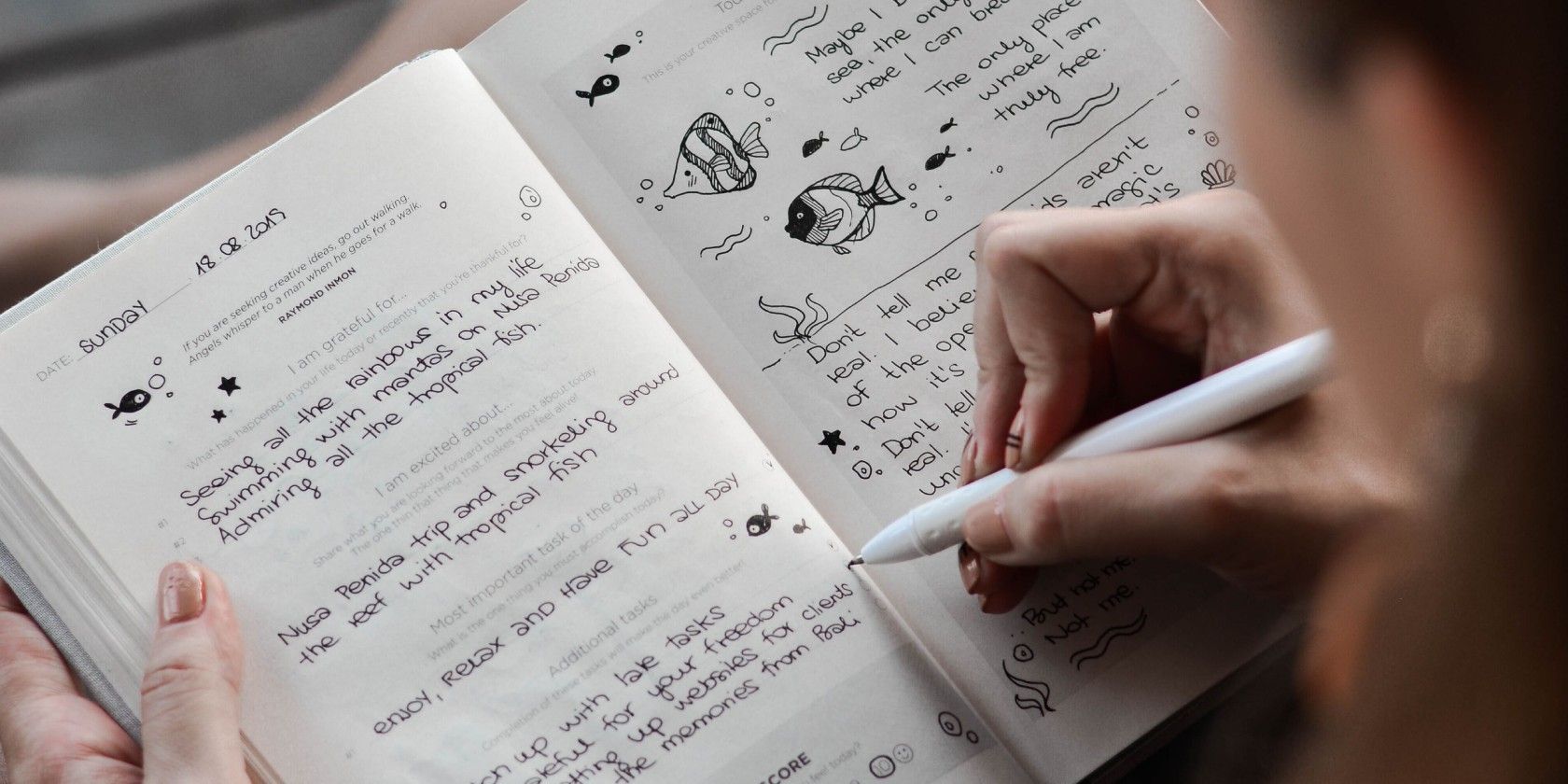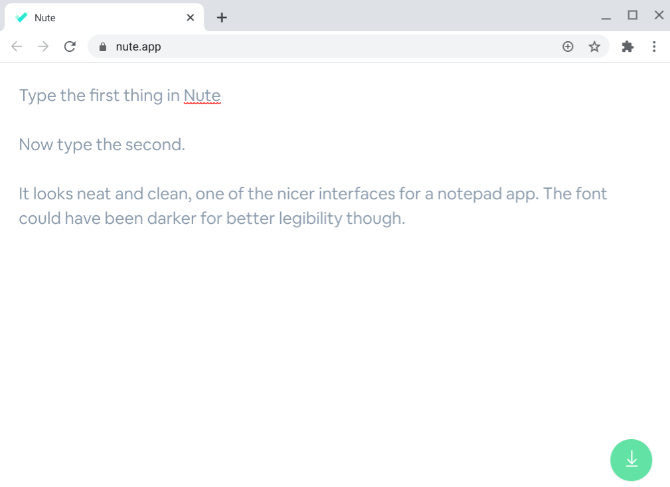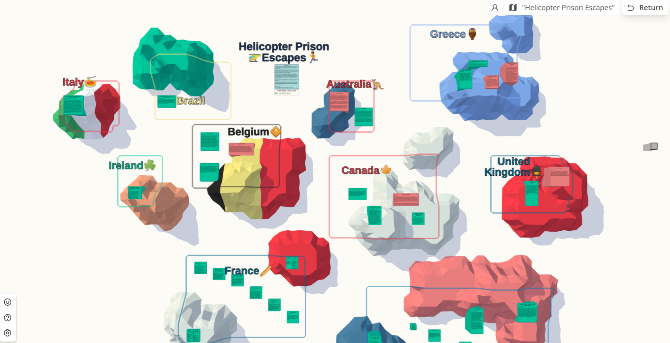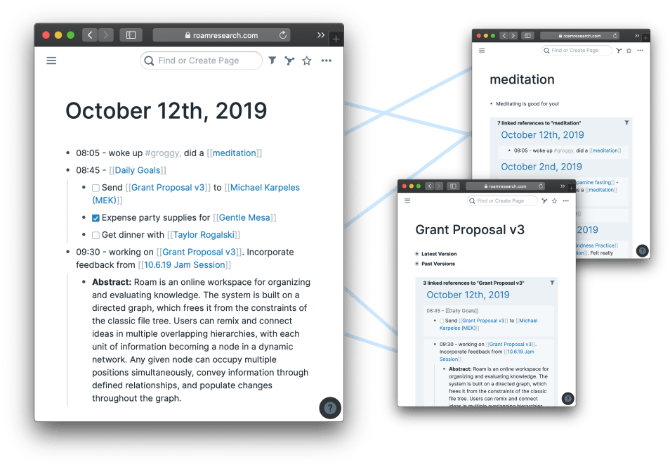Your smartphone and computer have replaced all paper notepads. But the right note-taking app is all about which unique features you are looking for.
In the world of note-taking apps, the debate usually boils down to OneNote vs. Evernote. But both of those might be overkill for you, or just not the right system. These other free note apps bring something unique to the table, like a chat-like interface, a visual spatial system, and speed.
1. InstaNote (Android, iOS): Chat-Like Note Taking App With Threads and Reminders
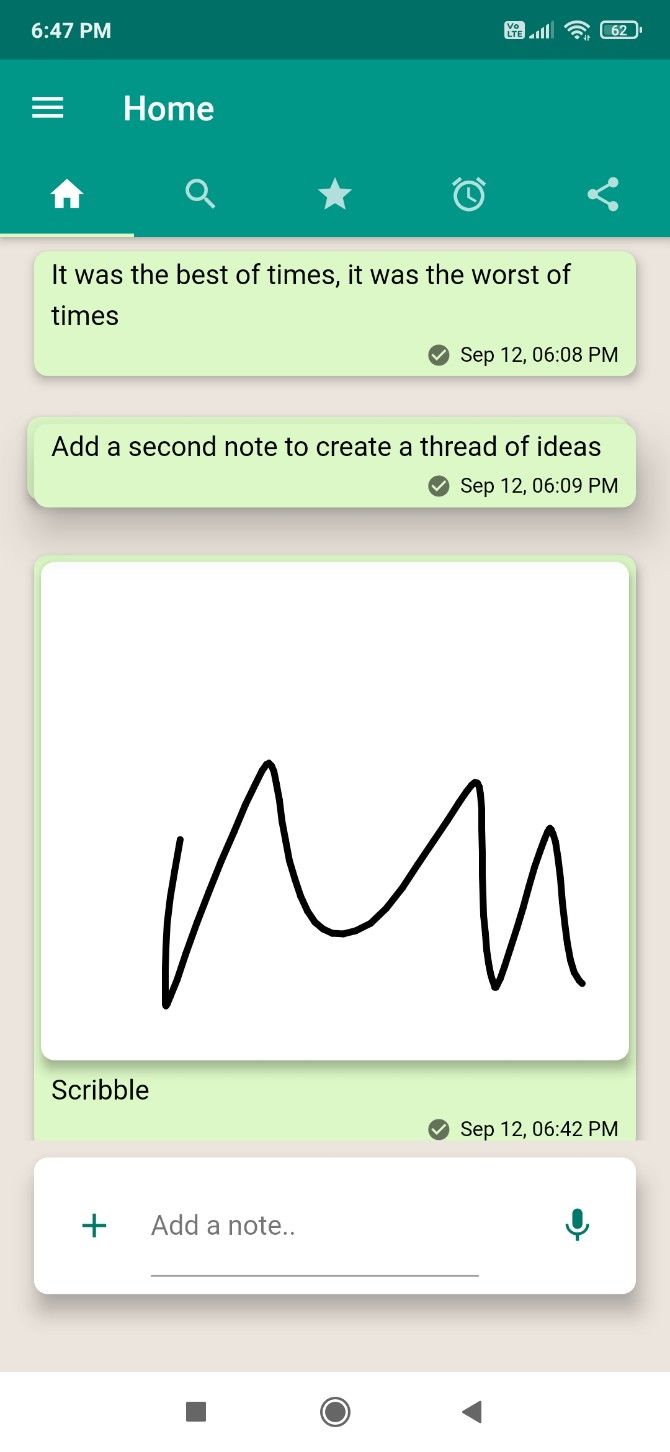
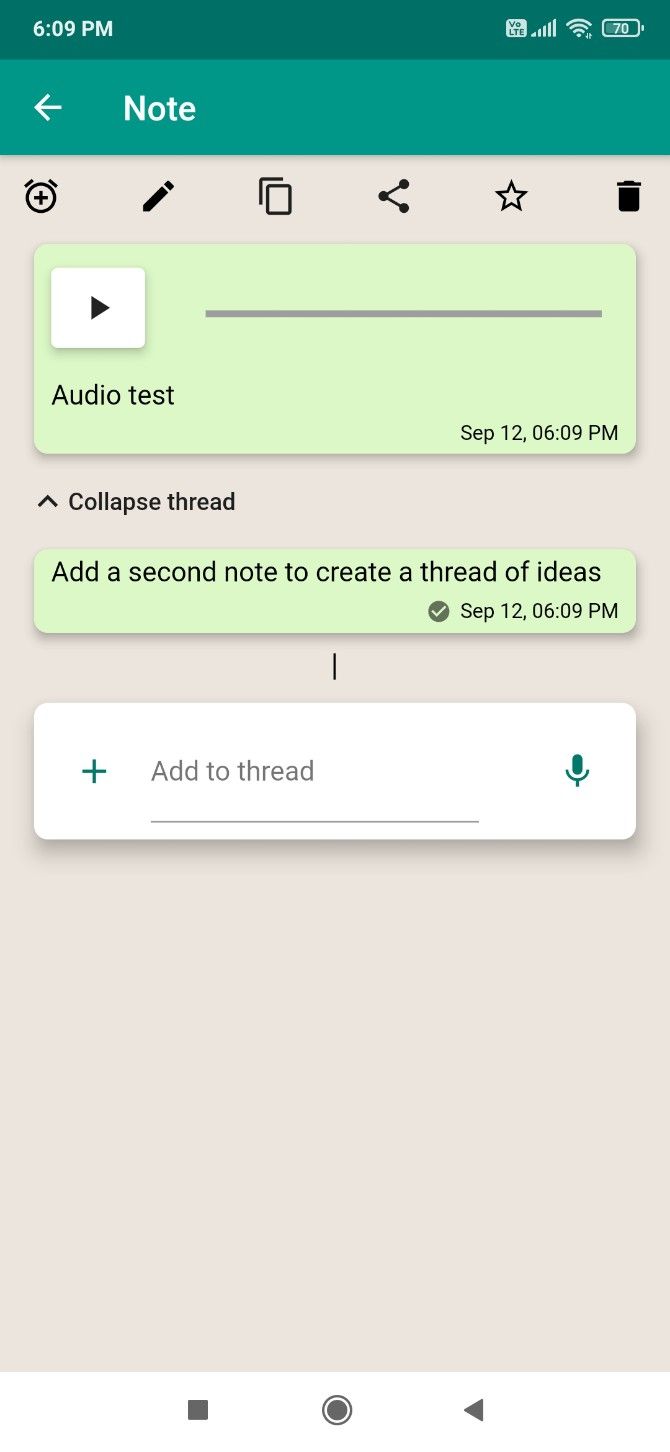
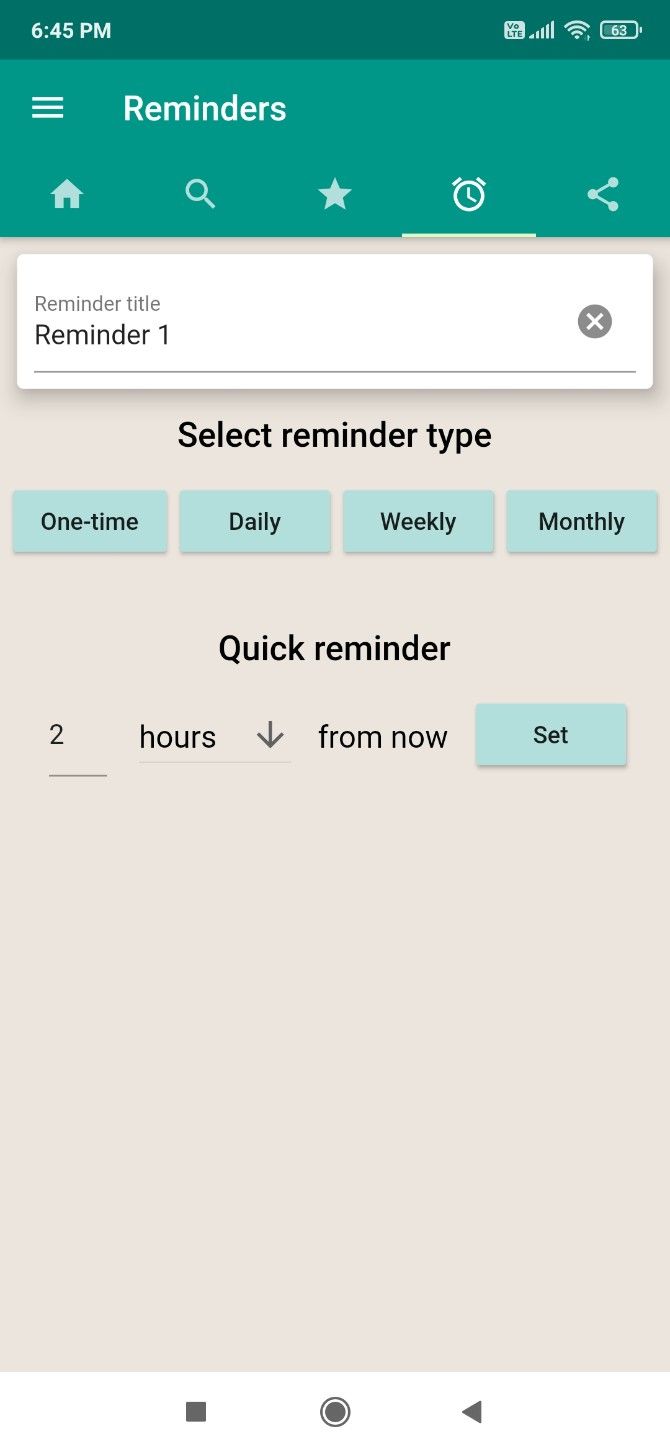
InstaNote is a note-taking app for the WhatsApp and WeChat generation. The interface reminds you of an instant messaging app, where you add each note like you were sending a text message. Think of it as a chat app where you talk to yourself. But hold on, there's more.
Dig a little deep and you'll be surprised to see how the app is packed with features. You can add a note in text, or record a voice note. These voice notes can be tagged with a simple caption to search for them later. You can also scribble notes on a whiteboard, add images from your phone, or add files. And all of this can be searched later, with neat filters to quickly find the correct note.
InstaNote also includes reminders, which you can set up as a one-time or recurring alarm. Star notes to save them as favorites so they're easy to access.
You can also create Rooms to share notes with friends, inviting them via their email. InstaNote requires you to register to use it, but the open-source app is free and has no restrictions.
It might seem like a gimmicky app at first glance, but it's actually one of the most feature-rich free note-taking apps we've seen. It's worth checking out if you like to write short notes to yourself regularly.
Download: InstaNote for Android | iOS (Free)
2. Nute (Web): Minimalist Browser Tool to Write Notes Quickly
Nute is a progressive web app (PWA) for simple, minimalist note-taking. It's a blank page where you can start typing immediately. The app will save anything you type in your browser cache, retaining it even after you close the app. Be careful of clearing the cache, you might lose your data.
The lightweight PWA loads quickly and is one of those nifty no-signup websites for everyday use. It has no ads and no trackers, and the developer says it will always remain free. Since all data is saved locally and there's no registration, it doesn't sync across devices.
Nute has no rich-text formatting or hyperlinks. It's a simple text editor, like the Notepad app in Windows. The only difference is it runs out of your browser, and always saves anything you type in it. And yes, you can download all of Nute's contents as a TXT file any time.
3. Nototo (Web): Visual Notes Arranged Like a Desktop
Nototo says that humans have incredible visual-spatial memory. Where the usual Notes apps puts everything into lists, Nototo expands it into a virtual space like a desktop. Add your notes into clusters, and arrange them how they make sense to your eye.
The founding stones are Note Blocks, which appear like text files on your computer. You can move them around, resize them, and give each a different color. These blocks go into Terrains, which is Nototo's version of Categories. Each terrain has "mountains" as its boundaries, for a visual representation of a data set.
You can move these terrains and blocks, resize them, expand them, and manipulate them however you see fit. The idea is to create notes in a visual way that makes sense to you, without worrying about space constraints. Over time, you might find yourself remembering things better, and be able to locate data quicker.
Take a look at Nototo's example of Helicopter Prison Escapes to know what can be achieved with this new system of notes.
4. Teria (Android, iOS): Simple and Efficient Note-Taking With Unique Features
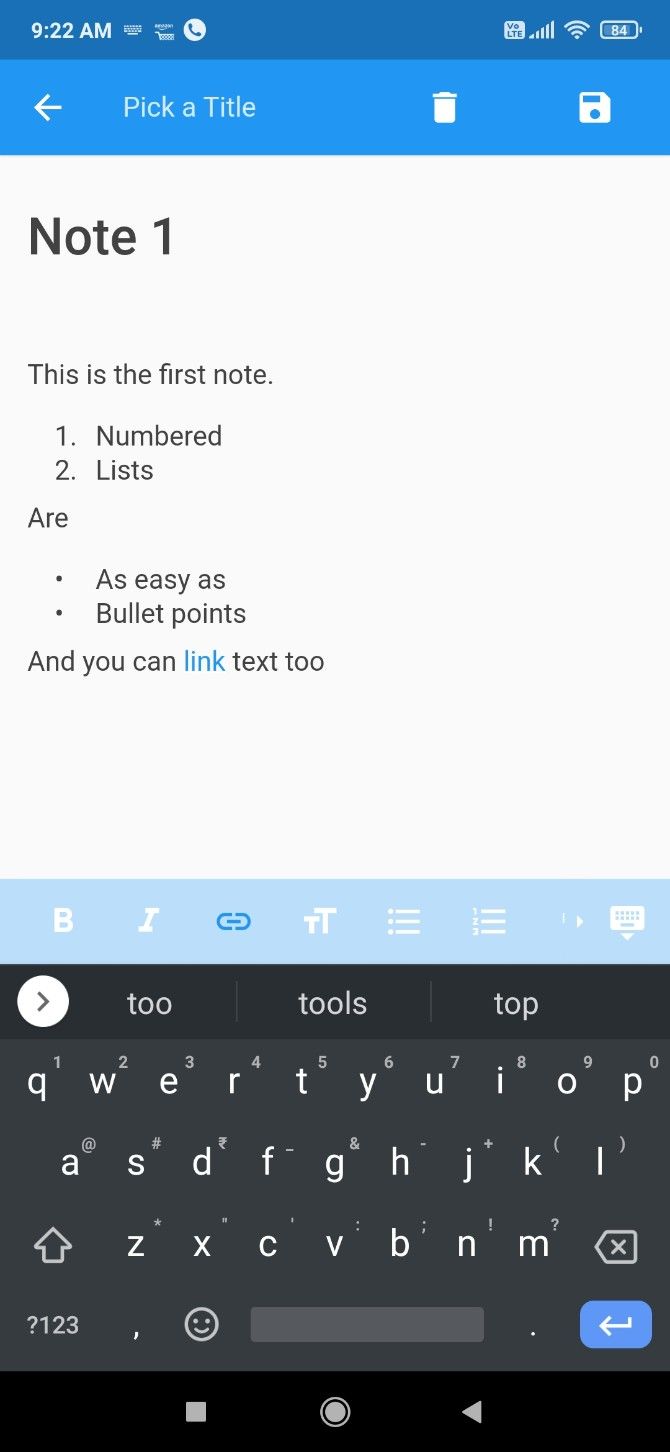
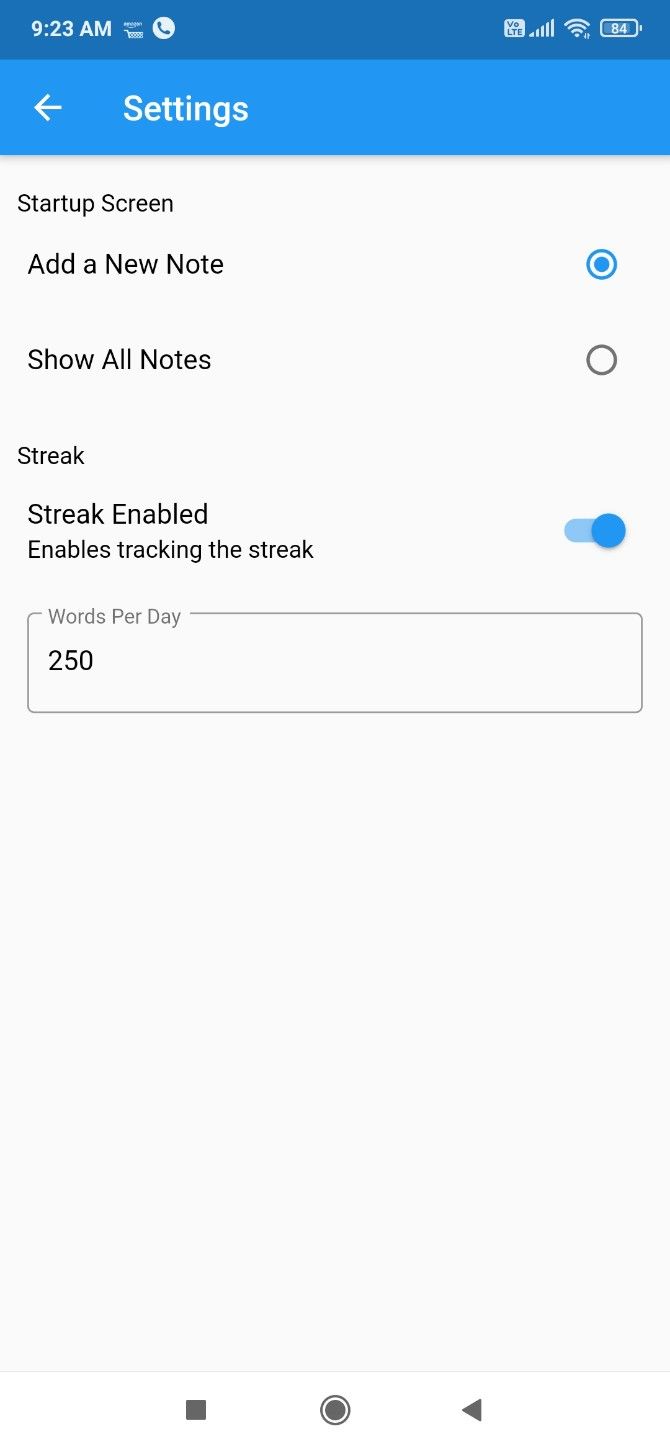
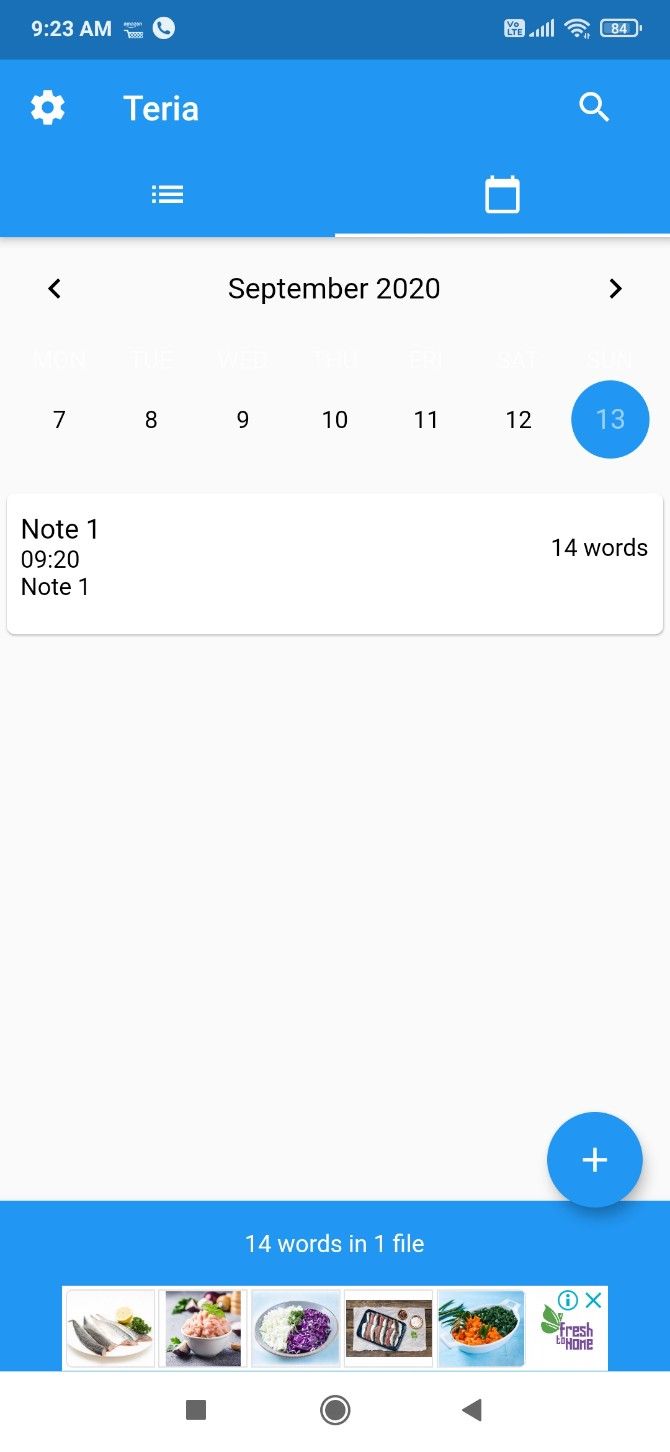
Tiny things can make a big impact in how you use an app. Teria seems like any other note-taking app on the surface, but it does one little thing differently. Every time you start the app, it automatically creates a new note, ready for you to write in. And this makes a huge difference.
See, every time you start your Notes app, you are most likely looking to write a new note. Rarely are you trying to add to an existing note. By reducing a tap, Teria makes note-taking faster and more seamless, maximizing your efficiency. It's such a simple little feature, but it alone is a reason to use the app.
Teria offers a few other unique features. It includes a built-in Streak mode, to create a habit of writing a note every day. Apart from list view, you can also view notes in a Calendar by creation date, which isn't something any other notes app comes with.
The rich text editor offers the ability to add bold, underline, italics, and other formatting to any words. It also includes full-text search, which means all of the notes are searched rather than just their titles.
And it's customizable. You can switch off the streak mode. You can set how many words count for a streak note. And in case you don't want it to automatically create a new note on start, you can switch that off too.
Download: Teria for Android | iOS (Free)
5. The Zettelkasten Method (Web): Learn the Trendy Old-School Notes System
Prolific writer Niklas Luhmann authored 70 books in 30 years thanks to a note-taking system now called the Zettelkasten Method. It has become popular among productivity experts recently, and a few blog posts explain it well. Read:
- How to use Zettelkasten to boost your creativity and productivity by Zapier
- The Zettelkasten Method by Less Wrong
- Stop Taking Regular Notes, Use a Zettelkasten Instead by Eugene Yan
A zettel, or half a sheet of paper, was Luhmann's preferred tool to take notes. The idea behind each note was that it should fit into that sheet, and so you should set some personal limit for your digital notes. But the key lies in numbering these notes in an organic way.
The organic numbering allows for smartly interlinking the notes, so that each topic can be thought of in non-serial order, but later indexed intelligibly. Also, any note can cross-reference another note in the system, allowing for ideas to merge or sprout new off-shoots.
The Zapier post is a good introduction to the method, while Less Wrong's explanation is the most detailed. Read all three articles to get a better idea of what the system is all about.
Once you understand the Zettelkasten Method, you can try applying it in any note-taking app like Evernote, OneNote, Google Keep, or SimpleNote. Some developers are creating specialized apps to take advantage of such interlinked notes. The most popular one is Roam Research, but it's a paid note-taking app. For a free app, start with Zettlr.
Lightweight Note Apps
If these apps aren't the right fit for you, you don't have to go scurrying back to OneNote or Evernote. There are plenty of other lightweight alternative note-taking apps, and most of them are free. Check out SimpleNote or Turtl, they might be just what you need.

